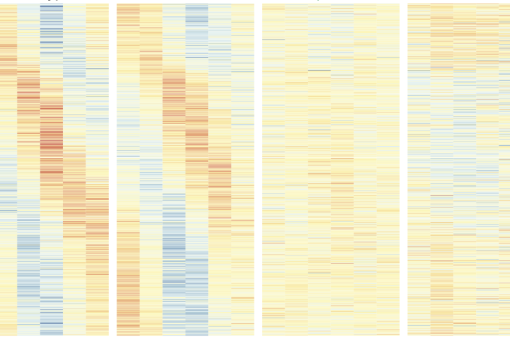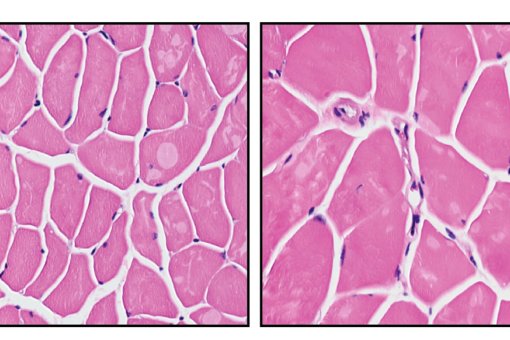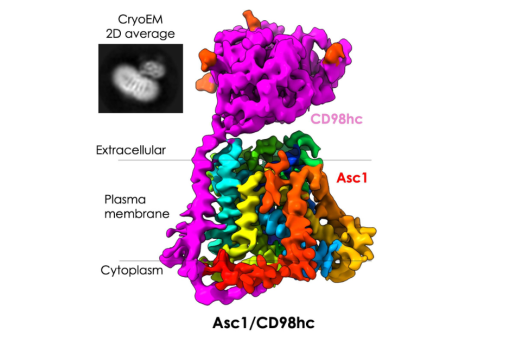Images
Contact

IRB Barcelona researcher Miquel Coll has published the study in Molecular Cell
During cell infection, viral genes are expressed in a timedependent manner to optimize protein synthesis. For example, the synthesis of viral DNA replication proteins occurs in the early phase of the infective cycle, while structural, morphogenesis and lysis proteins are synthesized in the late phase.
But how is the regulation of gene expression achieved? What is the switch that represses some genes and activates others?
A team lead by Miquel Coll, head of the Structural and Computational Biology Programme at IRB Barcelona, has discovered the molecular basis of this transcriptional switch.
This study, a collaboration between the IRB Barcelona team and the group directed by Margarita Salas (CBM, Madrid), has been published in the April 7 issue of Molecular Cell. It describes the atomic structure of the transcriptional regulator protein p4 in complex with a long stretch of the late gene DNApromoter region of bacteriophage phi29.
"Our work helps to explain how gene expression is regulated in viruses and how the infection cycle is programmed. It is fascinating to study how the virus performs such a sophisticated control of the whole process", says M. Coll.
Prof. Coll explained that the new finding related to the p4 protein is a step towards understanding how gene expression is synchronized in viruses and how the infection cycle is controlled.
"We were also surprised to find a new DNA binding motif, which we named N-hook, that should now be added to the repertoire of already known DNA recognition motifs such as helixturn-helix, beta-hairpin and others", adds Prof. Coll. The crystal structure shows a highly bent DNA with an elongated protein dimer that barely interacts with the two tips of the dimer, like a bow and its string.
For this work, both the Automated Crystallography Platform at the Barcelona Science Park (PCB) and the European Synchrotron, in Grenoble,were used.
The next step in the research performed by the IRB Barcelona team is to perform more detailed studies of the whole process. In Prof. Coll words: "Now, we must examine the fine-tuning of the regulation. We know that a second protein, p6, is involved in the regulatory mechanism but we do not know how". The researcher proposes to analyse a ternary complex with the DNA promoter region and proteins p4 and p6 in order to fully elucidate how gene expression is regulated.
The structure of phage f29 transcription regulator p4-DNA complex reveals an N-hook motif for DNA binding
Badia, D., Camacho, A., Pérez-Lago, L., Escandón, C., Salas, M. & Coll, M.
Molecular Cell, 22, 73-81 (2006)
IRB Barcelona
El Instituto de Investigación Biomédica (IRB Barcelona) trabaja para conseguir una vida libre de enfermedades. Desarrolla una investigación multidisciplinar de excelencia para curar el cáncer y otras enfermedades vinculadas al envejecimiento. Establece colaboraciones con la industria farmacéutica y los principales hospitales para hacer llegar los resultados de la investigación a la sociedad, a través de la transferencia de tecnología, y realiza diferentes iniciativas de divulgación científica para mantener un diálogo abierto con la ciudadanía. El IRB Barcelona es un centro internacional que acoge alrededor de 400 científicos de más de 30 nacionalidades. Reconocido como Centro de Excelencia Severo Ochoa desde 2011, es un centro CERCA y miembro del Barcelona Institute of Science and Technology (BIST).




